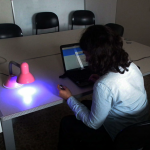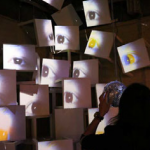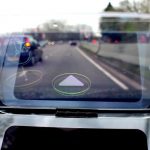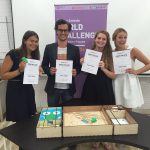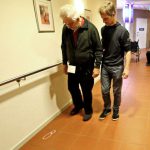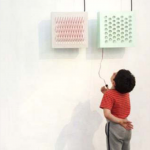PhD Thesis by Chao Wang
 The road environment can be seen as a social situation: In each journey, we encounter other drivers and need to coordinate with them to share the infrastructure. A traditional physical communication method, such as car-body language, lights, horn and speed are the most frequently used means to exchange information, limiting both the range and the bandwidth of the connectivity. This situation may lead to two adverse effects: more conflict in sharing the road and social isolation while driving.
The road environment can be seen as a social situation: In each journey, we encounter other drivers and need to coordinate with them to share the infrastructure. A traditional physical communication method, such as car-body language, lights, horn and speed are the most frequently used means to exchange information, limiting both the range and the bandwidth of the connectivity. This situation may lead to two adverse effects: more conflict in sharing the road and social isolation while driving.
Nowadays, everywhere available connectivity, the broad penetration of social network services and the increasing utility of advanced humanmachine interaction technology, provide new possibilities for enhancing the communication between drivers on the road, enabling social information to pass through the steel shell of the cars without the physical restriction. In this research, we generated, prototyped and evaluated multiple novel social applications …

